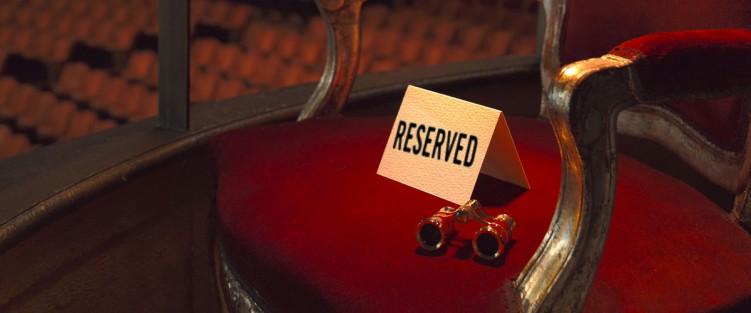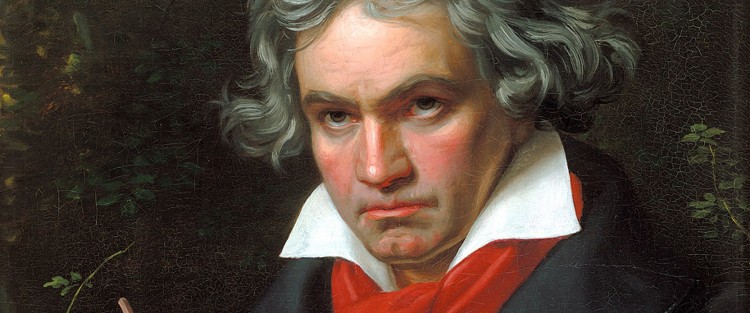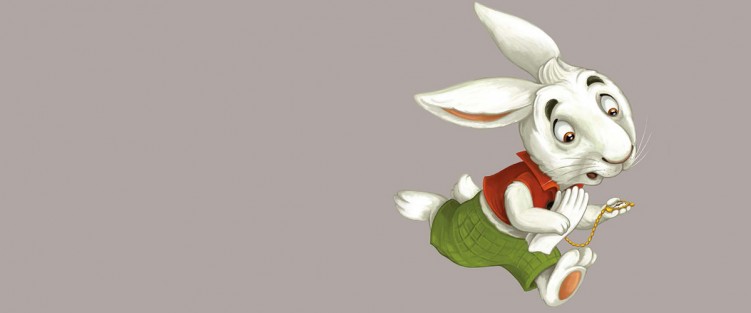Bonnell’s bug: Inviting Criticism
"There is an aspect to cultural work – or in our case, artistic ceremony – which does not align with current colonial reviewing practices. In order to encourage a deeper discussion of the work, we are inviting critiques or thoughts from IBPOC folks only. There is a specific lens that white settlers view cultural work through and at this time, we’re just not interested in bolstering that view, but rather the thoughts and views of fellow marginalized voices and in particular Indigenous women.”
—Yolanda Bonnell
Actor and playwright Yolanda Bonnell created quite a stir in Toronto arts circles in mid-February when she made the above statement, widely interpreted as a request that only Indigenous, black or other persons of colour be sent to review her show at Theatre Passe Muraille, bug. The play is a searing look at indigeneity and addiction, among other things, and Bonnell suggested that she felt, based on some previous experience, that critics from the dominant cultural group in society would be more likely to misrepresent her work in their reviews. She is not alone in this idea – many other Indigenous artists have been thinking along the same lines for some time. Bonnell also noted what she called the ceremonial aspects of bug, its role as a unifying rite for people who have suffered similar traumas to her own, a production style she did not feel jibed with the traditional expectations of a conventional review.
I’ve cycled through a surprising range of personal responses to Bonnell’s request – surprising to me, that is. And I’d like to share my thought processes about it, as a sort of confession of confusion around the deeply problematic issue of art and politics in our present age.







